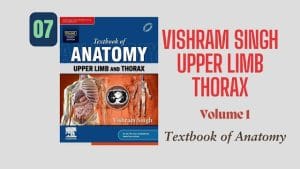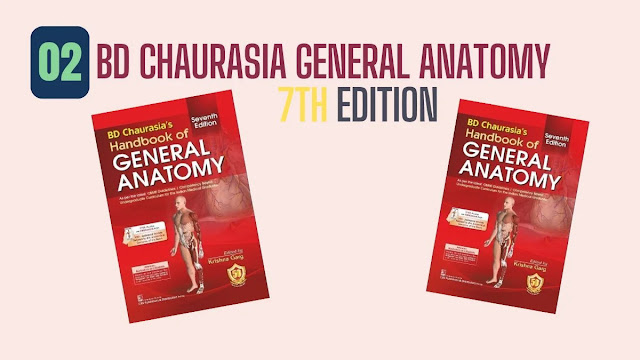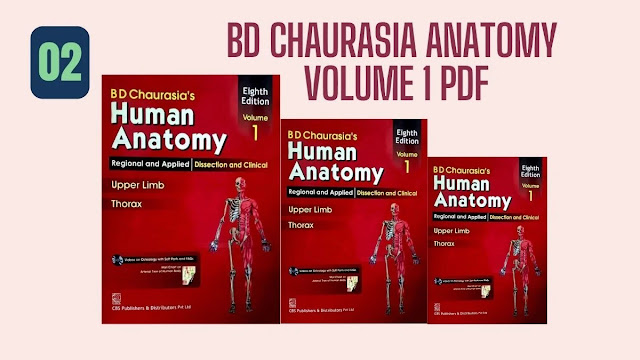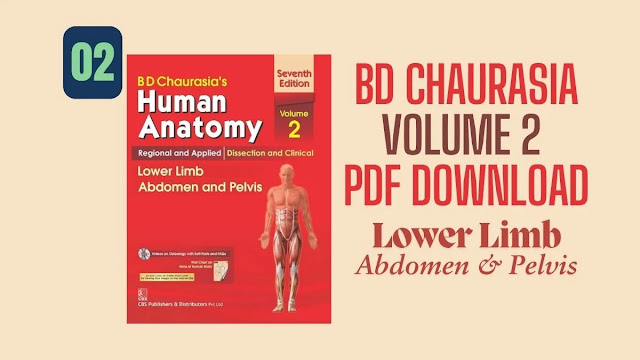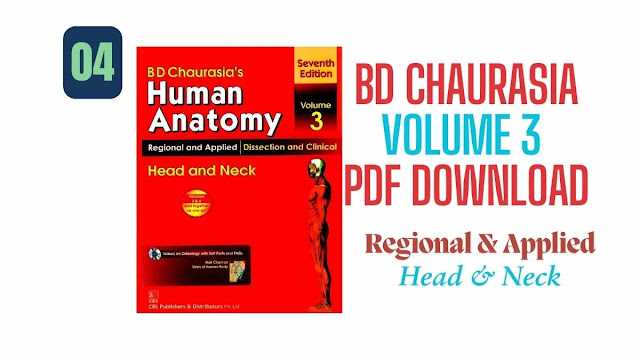Vishram Singh Upper Limb pdf and Thorax is a key resource for medical students. It offers a thorough look at these important parts of the human body. Written by Vishram Singh, this book is key for building a solid base in anatomy. This foundation is essential for clinical practice. Santosh Medical College, Al-Arab Medical University, and Santosh University acknowledge its significance. It is often used in PhD coursework. The book’s impact shows in publications such as the Journal of the Anatomical Society of India.
Surface Anatomy and Surface Landmarks of the Upper Limb
Knowing the surface anatomy and recognizing surface landmarks of the upper limb are key for clinical exams. Visible and tangible parts, like the dorsal surface, posterior surface, superior surface, upper surface, and medial surface, give important clues about what lies beneath. Golden Facts related to surface anatomy offer concise clinical insights.
Bones of the Upper Limb
The upper limb skeleton includes several bones. These are the collarbone and the arm bone. In terms of limb girdles, it also connects to the hip bone, which is the main bone of the lower limb. The hand has metacarpal bones, carpal bones, sesamoid bones, and both distal and middle phalanges. Studying bones means learning about bone age and their unique features. This includes the head of the scapula, the rounded head, and the arch forms related to the hand. The 5th metacarpal and its unique features are also important. Bone development involves primary centres and a Secondary centre of ossification. The nutrient foramen provides a passage for blood vessels.
Joints of the Upper Limb
The upper limb’s mobility relies on several joints. The Shoulder Girdle complex includes the acromioclavicular joint and sternoclavicular joint. The glenohumeral joint connects the arm to the shoulder. Other key joints include the elbow joint, wrist joint, and metacarpophalangeal joints.
Ligaments help stabilize these joints. Key ligaments include:
- Capsular ligament
- Coracoacromial ligament
- Coracoclavicular ligament
- Rhomboid ligament
- Glenoid labrum
- Articular disc
The glenoid cavity, joint cavity, and scapula cavity are key parts of the shoulder joint. The synovial cavity is present in diarthrotic joints.
Muscles of the Upper Limb
The muscles of the upper limb facilitate a wide range of movements.
Key muscles are:
- Major muscles
- Minor muscles
- Intrinsic muscles of the hand
- Rotator cuff muscles
- Subscapularis muscle
- Deltoid muscle
The triangular muscle and biceps tendon are also important. The head of biceps brachii has specific attachments. Pectoralis minor plays a role in shoulder movement. The Pectoral girdle and, by comparison, the Pelvic girdle provide muscle attachment points. Intramuscular tendons are found within muscles.
Nerves of the Upper Limb
The upper limb’s innervation is complex.
Key nerves include:
- Radial nerve
- Ulnar nerve
- Axillary nerve
- Suprascapular nerve
- Spinal nerve
- Supraclavicular nerves
- Thoracic nerve
- Musculocutaneous nerve
- Intercostobrachial nerve
- Cutaneous nerves
Cutaneous Innervation is provided by specific branches, including the cutaneous branch.
Blood Supply of the Upper Limb
The upper limb’s blood supply is derived from a network of arteries and veins.
Key arteries are:
- Axillary artery
- Suprascapular artery
- Thoraco-acromial artery
- Recurrent artery
- Thoracic artery
- Ulnar arteries.
Venous drainage occurs through several pathways:
- basilic vein
- superficial veins
- subclavian vein
- cubital vein
- median vein
The axillary vein is a major venous conduit. Specific arterial branches include the acromial branch and digital branches. The humeral head, medial head, and sternocostal head of some muscles get blood from certain vessels. Venous Drainage patterns are clinically relevant.
Lymphatics of the Upper Limb
Lymphatic drainage of the upper limb is essential. Key structures include Axillary lymph nodes, SUPERFICIAL LYMPH VESSELS, and mammary lymph nodes. Lymphatic drainage pathways are important for understanding the spread of infections and malignancies.
Regions and Features of the Upper Limb
Specific regions and features define the upper limb.
These areas include:
- Pectoral region
- Shoulder region
- Neck region
- Deltoid region
- Bicipital groove
- Deltopectoral groove
- Subclavian groove
- Cubital fossa
- Coronoid fossa
- Olecranon fossa
- Suprascapular notch
- Clavicular notch
- Longitudinal groove
- Posterolateral aspect
- Forearm aspect
Scapula
The scapula, or shoulder blade, is a flat triangular bone.
Its features include:
- Surface of the scapula
- Surface of spine forms
- Medial border
- Preaxial border
- Posterior borders
- Lateral borders
- Superior border
- Vertebral border
- Superior angle
- Lateral angles
- Outer border
The supraspinous fossa is a prominent feature. Bursae, such as the subacromial bursa and synovial bursa, reduce friction. The subaponeurotic space is a potential space.
Clinical Significance and Applications
Understanding upper limb anatomy has significant clinical implications. Understanding these structures is crucial for procedures such as intravenous injections and for grasping precision grip. Congenital anomaly, avascular necrosis, nerve injury, and fractures are conditions linked to the upper limb. The surgical neck of the humerus is a common fracture site.
Other Relevant Anatomical Details
Here are some additional details about key features:
- 5th metacarpal
- Lip of spine
- Fibrous capsule
- Oval facet
- Annular ligament
- Clavipectoral fascia
- Intermuscular septa
- Head of humerus
- Medial epicondyle
- Lateral epicondyles
- Humeral head
- Medial head
- Sternocostal head
- Posterior aspect
- Medial aspect
- Superior aspect
- Medial wall
- Posterior wall
- Lateral walls
- Wall of orbit
- Wall of nose
- Radial notch
- Trochlear notch
- Subcutaneous space
Download Vishram Singh Upper Limb PDF Textbook:
If you are looking to enhance your understanding of anatomical structures in the upper limb and thorax, downloading the “Vishram Singh – Textbook of Anatomy Upper Limb and Thorax” is an excellent choice. This comprehensive textbook, authored by Vishram Singh, provides in-depth descriptions of muscles, bones, joints, and neurovascular systems, making it an invaluable resource for medical students and professionals alike.
